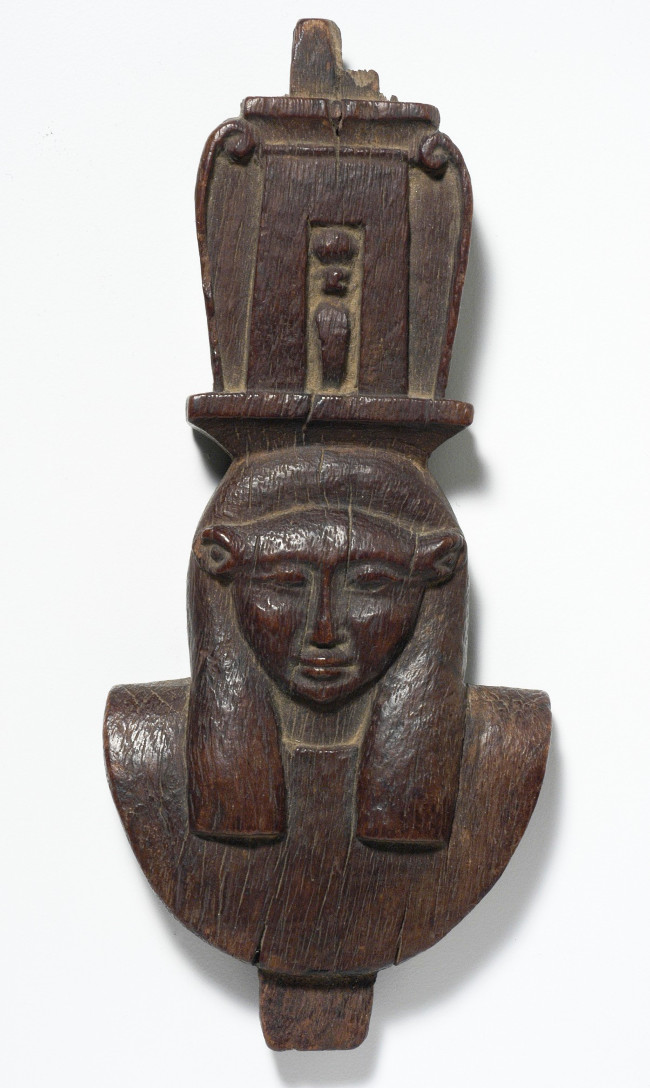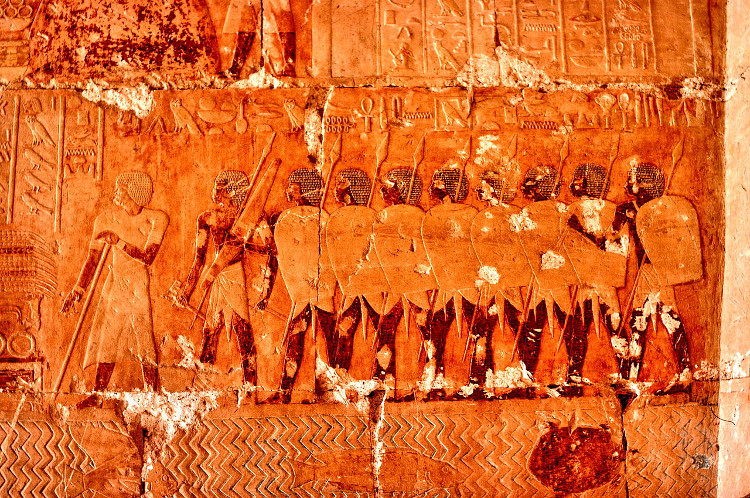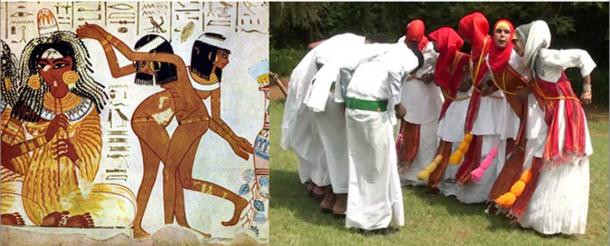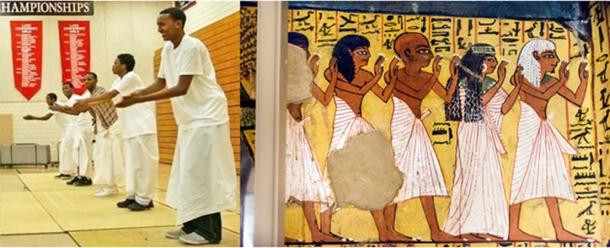Unexpected discovery of the
Everyone knows that ancient Egypt was a great civilization cradle, but its origin lies elsewhere.
Hatshepshut, the first female Pharaoh in Egypt, has a great achievement in developing this country, creating a cultural standard that stands firm without any country going beyond 1,000 years later. However, she is not well known by the posterity due to her successor being her own son, Thutmosis III smashed the tomb to erase the image in the mind of the Egyptians.

Statue of Hatshepsut, the first female Pharaoh in Egypt.
After uncovering her mummy in 2007, historians began to discover and discover that Hatshepsut once built the temple of god-godmother Hathor in Luxor and copied the mural, showing Hathor coming from a The place is called Punt . So the source of the Egyptian kings was probably in that land.
Ancient Egyptian text describes Punt as holy land . Research by historians like Jean-Francois Champollion proves that it is real.

Painting depicts Punt soldiers.
Egypt began to become a commercial center from 6,000-3150 BC (Pre-Empire), establishing trade with many territories and entering the most prosperous period when trading with Punt around 2498- 2345 BC (5th Empire).
The records and relics of the Fourth Empire showed a Punt standing with pharaoh Khufu's son, the fifth empire being a trade between the two countries.


The similarity between ancient Punt costume and culture with Somalia today.
Although Punt is only a legend, it is the place of existence at the New Kingdom (1570-1069 BC). Since then, the two countries officially have diplomatic relations with each other. Kings like Ramesses II and Ramesses III also mentioned Punt as "Rich Land " or "Holy Land".

Predict the location of ancient Punt land.
Based on documents from the temple Hatshepsut, it can be seen that Punt is now located in Somalia, from time to time and the dialects turn into "Bunn", "Pwenet" or "Pwene" now "Bunni". Culture here is also quite similar to ancient Egypt from language and costumes to art.
It can be concluded that Punt is located in Somalia , in the middle of the Horn of Africa . The ancient city of Opone in Somalia is quite similar to Pouen , or the legendary Punt. Hatshepsut even thinks that Punt is the source of Egypt.

Hatshepsut's boat.

The carving of ancient palm trees at Hatshepsut temple.
Punt has long been a holy land in Egyptian history, and Punt's materials were used in their worship rituals, including leopard, gold and frankincense. Hatshepsut also considered pilgrimage to Punt as a great accomplishment and detailed trip sculpture in the temple.
Accordingly, she heard the request and instructions to the Punt of Amun-Ra. Soon after, she immediately closed five boats along the Nile, Pharaoh, to the Red Sea and followed the coast to the Horn of Africa. Punt people were very happy to see the Queen appear.

Traces of bass trees from Punt at the temple.
The remaining documents show that the two countries are quite intimate, particularly Punt is extremely easy to calculate. They sell gold, wild animals, monkeys, elephants, leopard, ivory, spices, precious woods, cosmetics, incense and bass. The Egyptians paid weapons, jewelry, metal and tools. The tree was successfully transported and planted in Egypt and developed for centuries, evidencing that wood fragments and fossils still exist in Hatshepsut Temple.
- Unexpected guest on Discovery ship
- Unexpected discovery of science in recent years
- Unexpected discovery of space gap on Saturn
- Unexpected discovery of the thickness of the Antarctic ice sheet
- Marvel at unexpected discoveries about the North Pole
- Unexpected discovery of the Great Wall
- Unexpected discovery: Protein can conduct electricity
- Insects evolved a completely different tactic to sniff
- 6 strange tactics create unexpected victories in the history of war
- Unexpected discovery of hibiscus
- Unexpected facts about animals may not be known to you
- Discovery of Discovery's
 Discovered an ancient centipede fossil 99 million years old
Discovered an ancient centipede fossil 99 million years old Discovered bat-like dinosaurs in China
Discovered bat-like dinosaurs in China Discovered a 200-year-old bronze cannon of the coast
Discovered a 200-year-old bronze cannon of the coast Discover 305 million-year-old spider fossils
Discover 305 million-year-old spider fossils